Streamside Property
When a stream courses through your property, the tranquility of nature can be upended with a soaking storm. Increasing frequency and intensity of storms makes flood events unpredictable and severe. With each flood, valuable soil and stabilizing trees can be lost with the floodwater. While no one can control the weather, there are tools and practices that can help to protect your streamside property. The best advice… 1) Plant More (Native) Trees, 2) Manage your stormwater, 3) Share advice with neighbors.
Vegetated Riparian Buffers
When trees, shrubs and herbaceous plants extend at least 35 feet outward from the streams edge, surface runoff towards the creek is slowed, encouraging filtration into subsurface and groundwater. The water that travels through the buffer to the stream is filtered of pollutants. The root systems of native plants reach deep and are much more effective than turfgrass at holding soils in place, aiding infiltration.
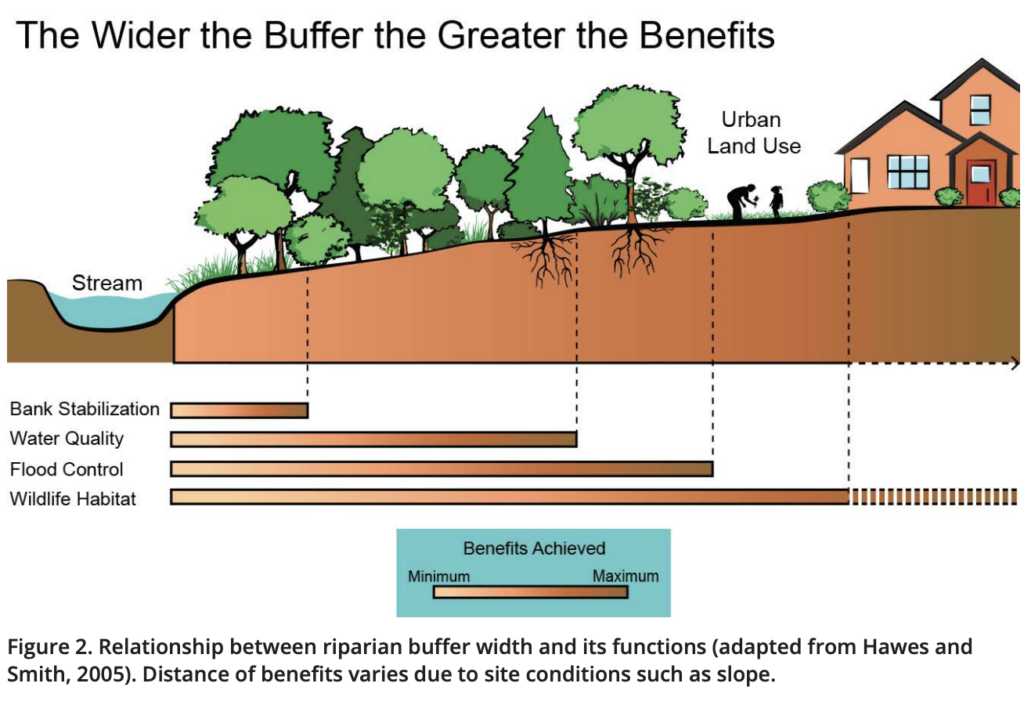
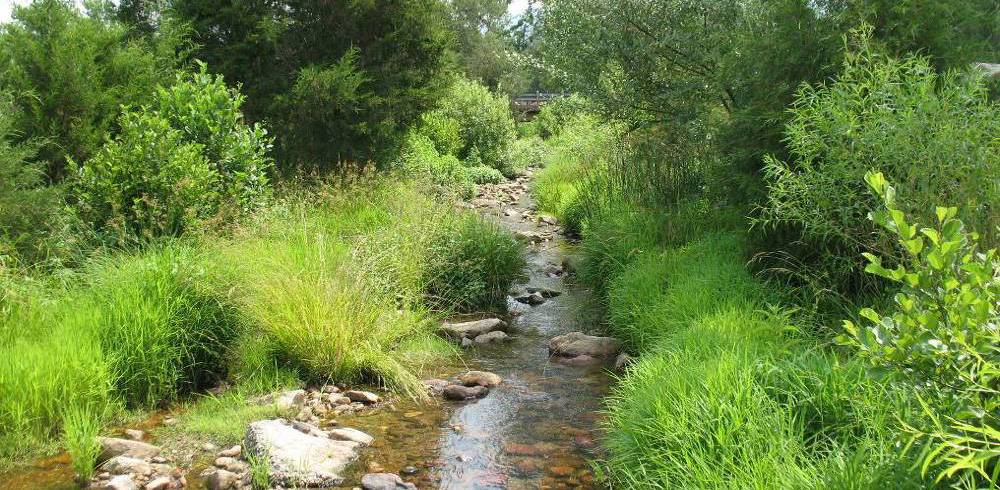
No Mow Zones
If you lack the space for forested buffer, simply back the mower away from the streambank. Tall grasses and herbaceous plants slow the surface flow and have deeper soil stabilizing roots than short grasses. You’ll still need to mow in early fall to prevent woody and invasive plants from taking over. Bonus- tall grass discourages geese from using your lawn as a rest area.
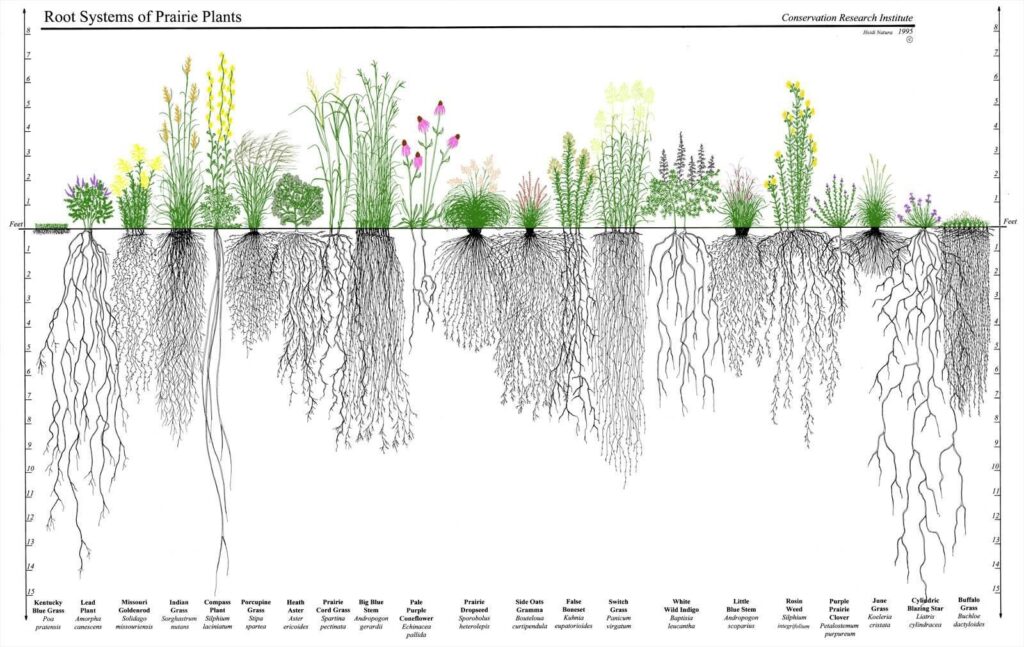
Address small problems before they get BIG
If you notice gullies forming, delivering stormwater to the stream, take action before the erosion gets unmanageable. Find the source of the flow and use the SLOW-SOAK-STORE tools to manage it. Not only will the flow deliver sediment and pollutants directly to the creek, the constant movement of water can undermine bank stability over time, leading to collapse.
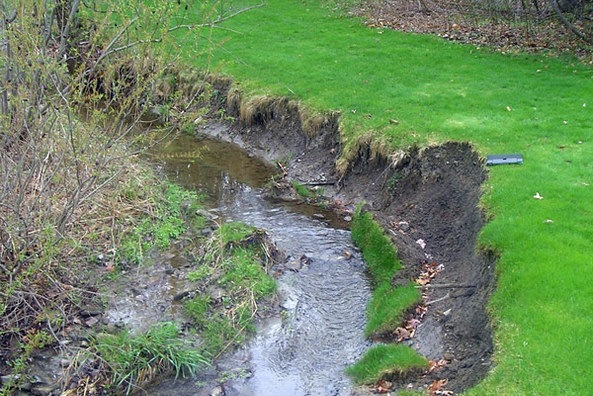
A short how-to video about streamside erosion repair : https://youtu.be/EjX3rNOkUeI?si=Ipq2K0tqA5jlQrQc
Resources on Riparian Buffers
- Riparian Buffers on Private Land – Penn State Extension Service
- Streamside Property Owners Guide – Lehigh Valley Watershed Coalition
- Streamside Property Owners Guide – Pennsylvania Environmental Council
- Riparian Stabilization on an Acre or Less -Penn State Extension Service
- Stream Maintenance Guidelines – PA Department of Environmental Protection
- Homeowner Riparian Buffer How-to -Cuyahoga ReLeaf
- Forested Riparian Buffer Guide for Landowners and Developers – Brandywine Conservancy
- 20 Ways to Protect Your Streamside Property – PA Department of Environmental Protection
What about downed trees?
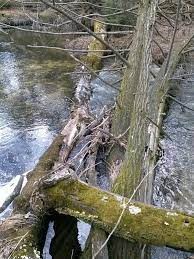
Homeowners grow concerned when downed trees or branches accumulate in their stream. It’s important to understand that wood is critical to a healthy stream system- providing both food and habitat for aquatic communities. Logjams can actually help water quality, slowing the flow so that suspended sediments have a chance to settle, improving water clarity. As with all things, too much can cause problems. Evaluate what structures or features are just downstream of a jam. Would a flush of water from a sudden release of the jam cause damage? In some cases, careful removal of the logjam may be the best option. Follow the PA DEP guidance to ensure you do no harm. Look here for an informative brochure.
